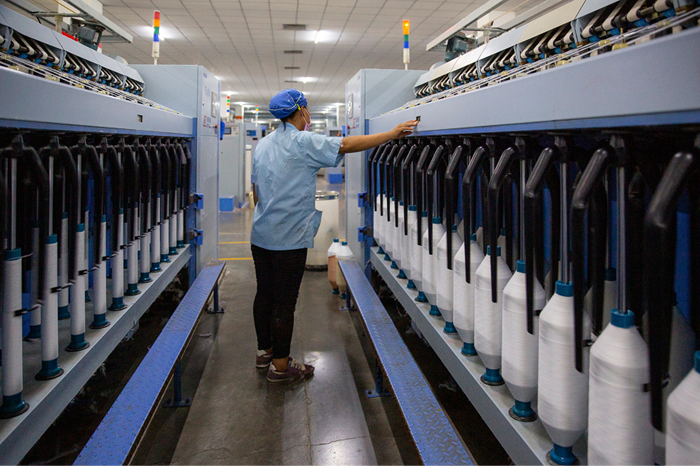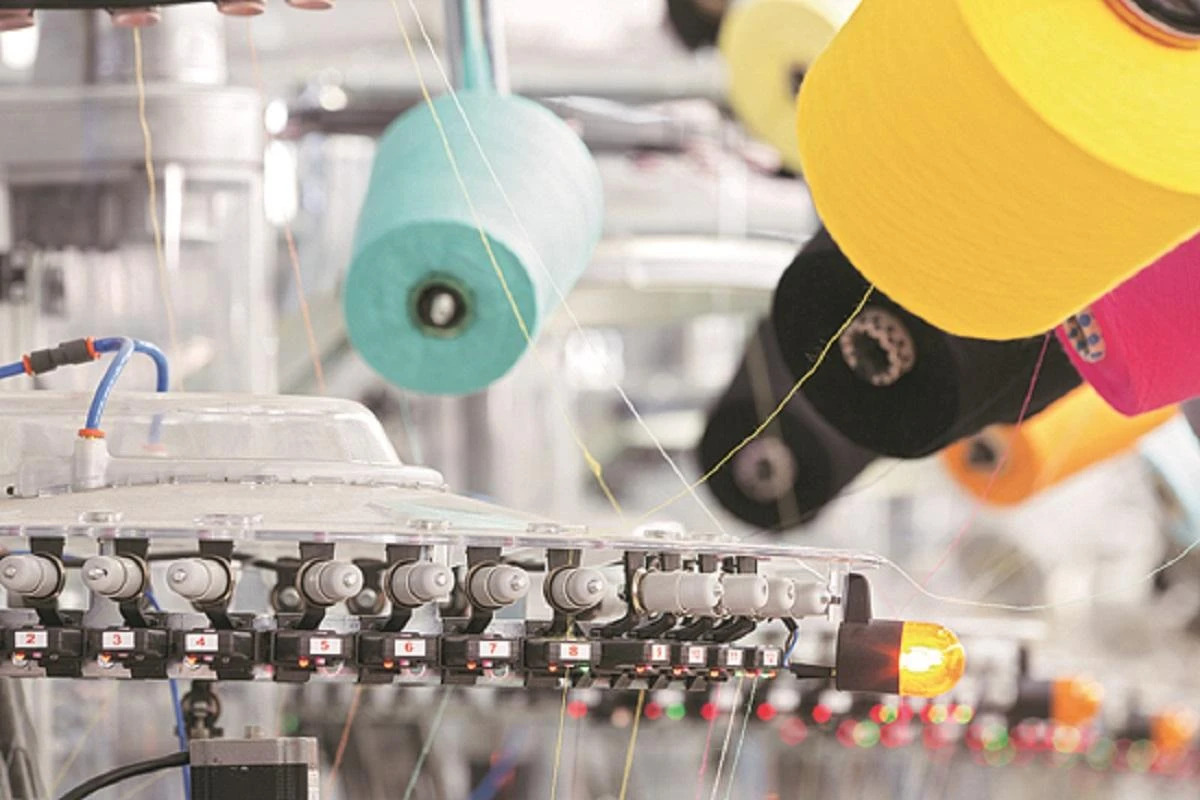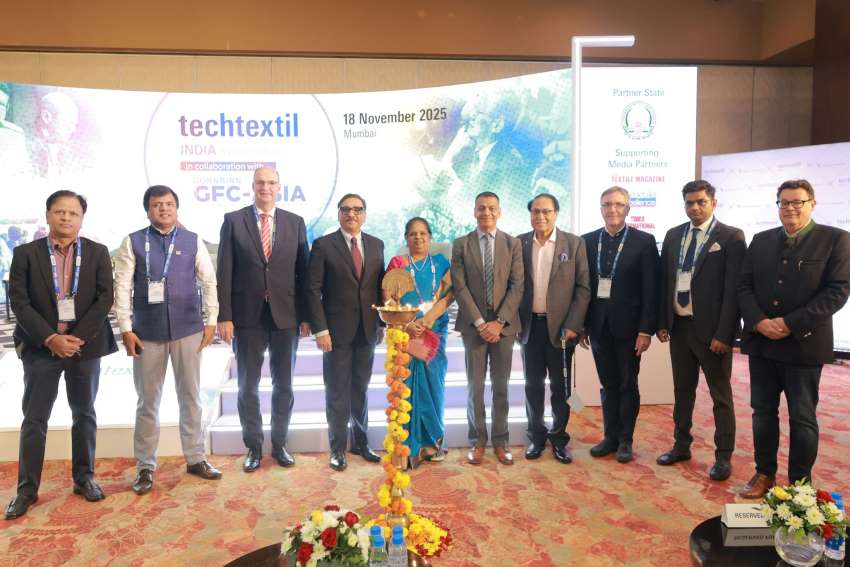Vu Huy Dong, General Director, Damsan JSC says Vietnam is still facing many problems in textile production, as fabric determines the cost and quality of finished garment products hence textiles still cannot meet garment requirements. As [rt Nguyen Son Deputy Chair of the Vietnam Cotton and Spinning Association (VCOSA) the state-owned enterprises and foreign-invested enterprises only undertake favorable links in the textile and garment supply chain, while private businesses take difficult work.
Vietnam has to import 65-70 per cent of fabric every year, it exports two-thirds of yarn output. This means that Vietnam has yarn in excess but not enough fabric. In 2016, Vietnam’s fabric imports increased 3.2 per cent compared with 2015, though garment export value decreased by $23.84 billion, of which fabric export turnover accounted for 43.9 per cent, down by 0.1 per cent.
The state has policies to help the development of supporting industries, but there is no specific policy designed for the spinning and cotton industry. Vitas, affirming that textile and garment companies are facing difficulties, have made many proposals to the government. It has asked to amend Decree 60 on the conditions for granting licenses to import printing machines.
Under the current regulation, businesses owners must have junior college or higher-level degrees. If not, they have to attend MIC’s training courses majoring in printing to be able to import printers. The association has also asked to remove the decision on raising the import tariff on polyester from zero to 2 per cent, stating that most Vietnamese enterprises have to import the product. In addition, it had asked Hai Phong City to reconsider port fees to help enterprises cut production costs.












